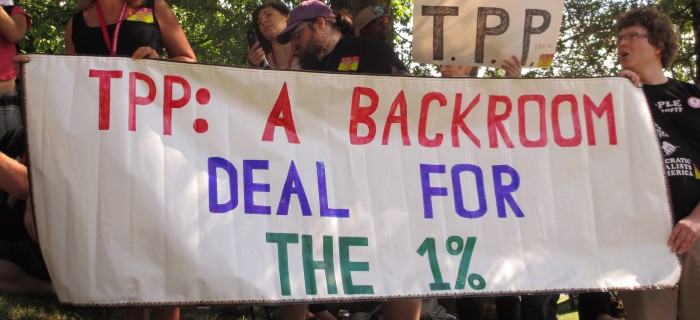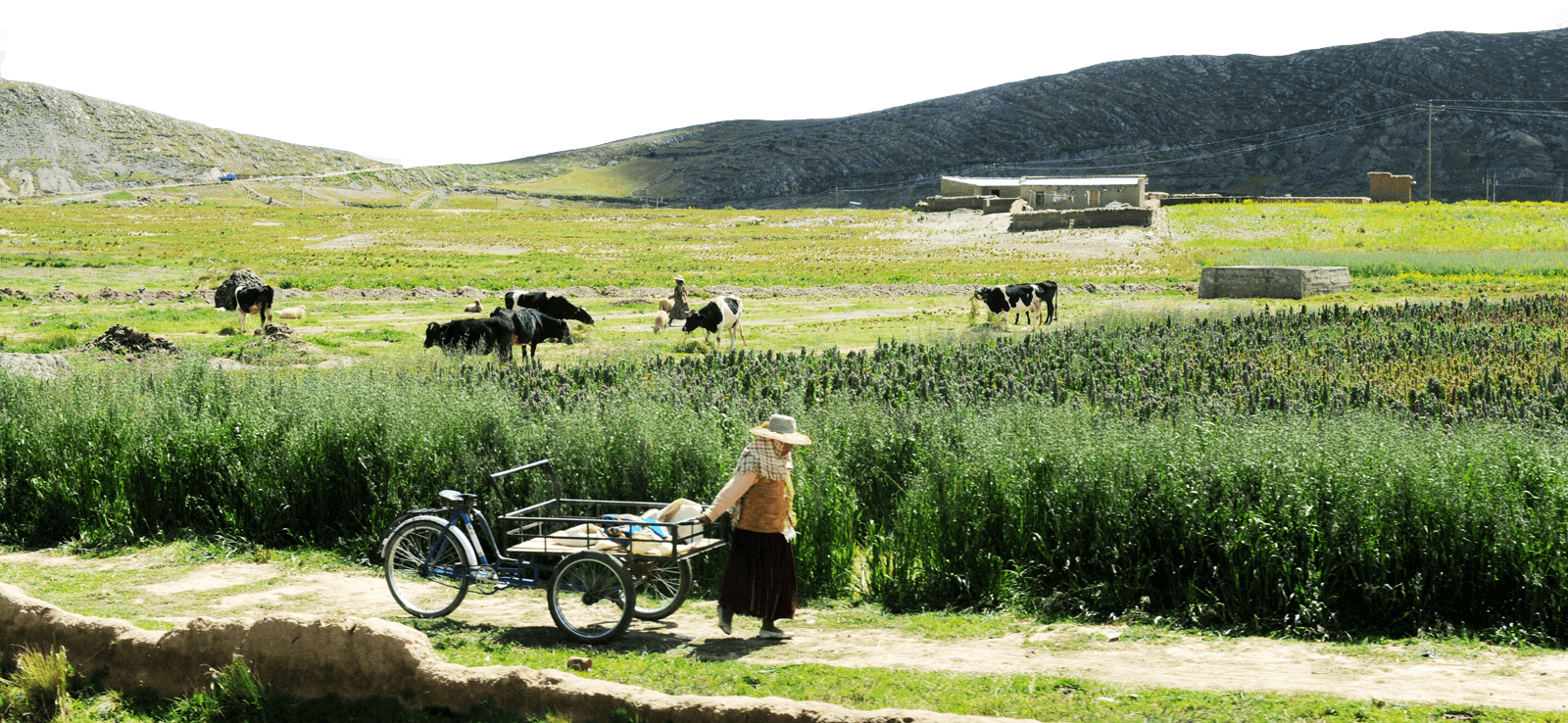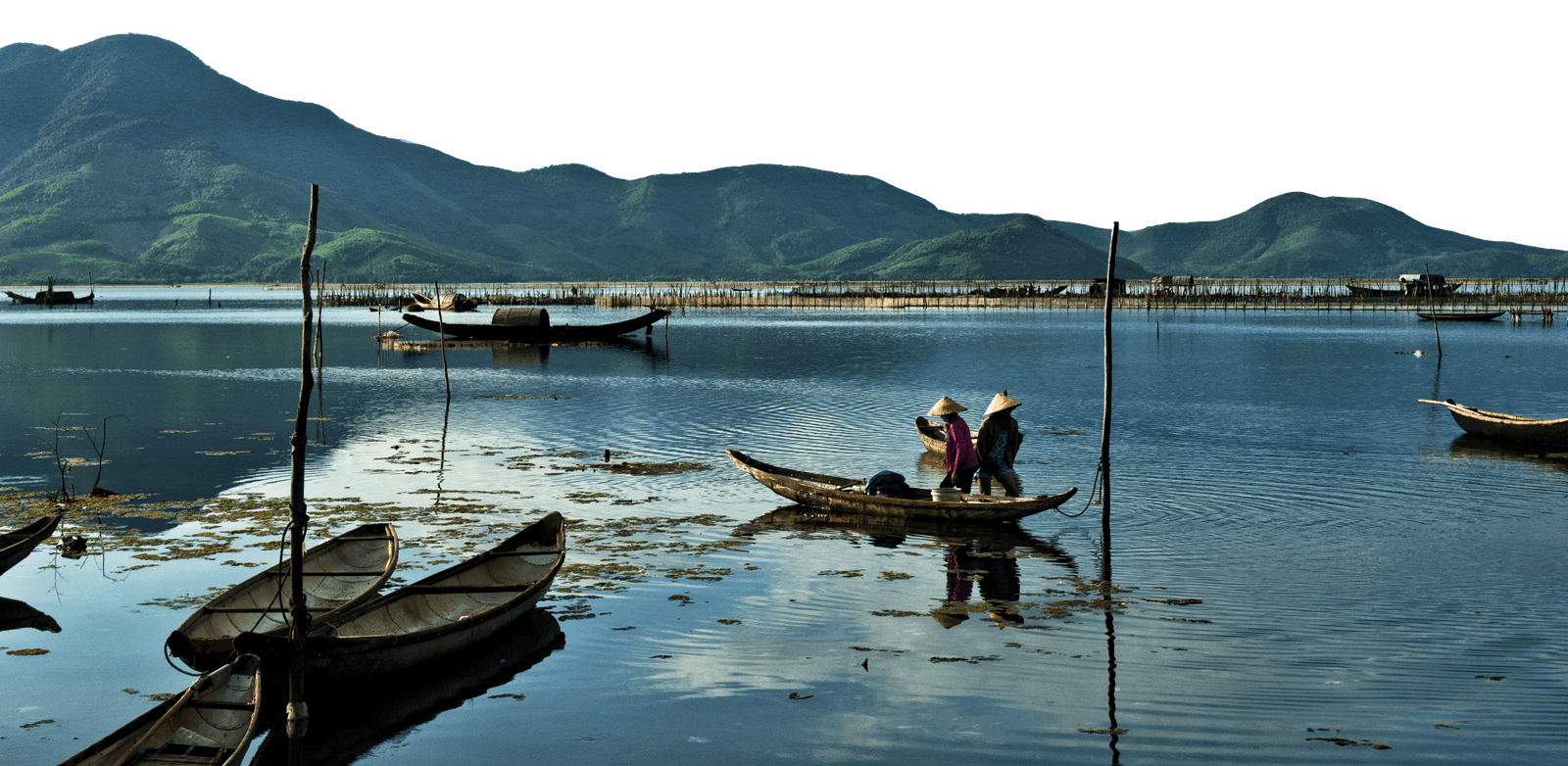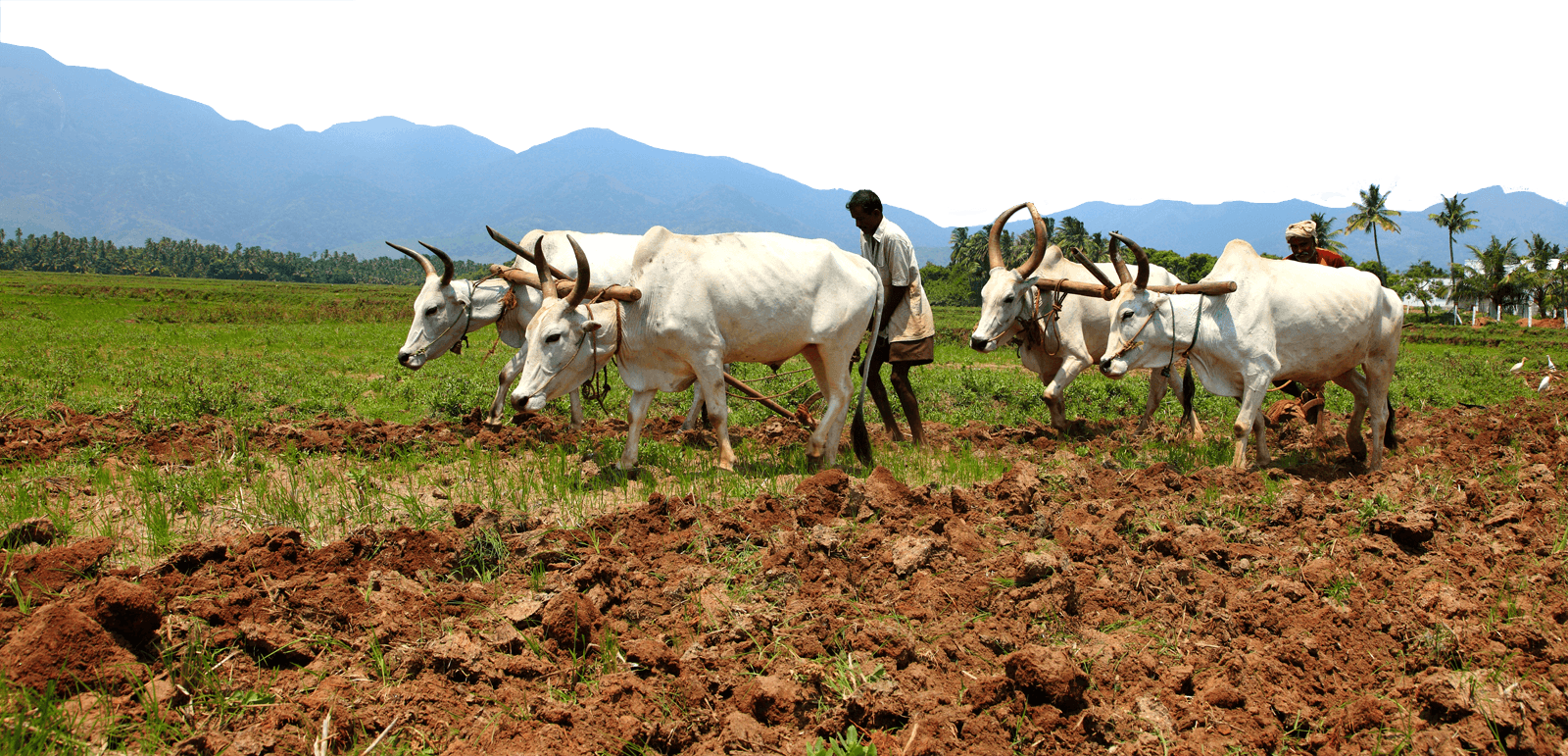The Trans-Pacific Partnership: A threat to democracy and food sovereignty
Food First Backgrounder, Summer 2013, Vol. 19, No. 2
The Trans-Pacific Partnership (TPP), perhaps the world’s most ambitious free trade agreement, is currently under negotiation. What began as a small regional free trade agreement has become one of the primary tools in the United States’ geopolitical pivot towards the Asia-Pacific region. The agreement—negotiated in secrecy—will dramatically expand the rights of corporations over those of food producers, consumers, workers and the environment. This Backgrounder outlines the agreement’s assault on democracy and food sovereignty and examines the TPP’s likely impacts on food and agriculture in Japan, the latest country to join negotiations.
What is the Trans-Pacific Partnership?
The Trans-Pacific Partnership (TPP) began as a trade agreement signed in 2005 between Brunei, New Zealand, Chile and Singapore. Since then, seven more countries came on board: Australia, Canada, Malaysia, Mexico, Peru, Vietnam, the United States and, most recently, Japan. For the time being, South Korea is not participating, despite pressure from Washington.1 With Japan’s entry, TPP countries account for nearly 40 percent of global economic output and about a third of world trade. The TPP’s “docking mechanism” would also enable other countries to join the agreement in the future.
The TPP not only brings agriculture back in to multilateral trade negotiations, it does so with a vengeance.
The negotiating partners seek to reach an agreement in time for the October 2013 Asia-Pacific Economic Cooperation (APEC)2 summit in Indonesia—though this is highly unlikely to be achieved after Japan’s entry. Considered the most ambitious Free Trade Agreement (FTA) in the world, partners hope the TPP will set the agenda for future World Trade Organization (WTO) negotiations. For the United States, the agreement represents an expansion and deepening of its 19 existing bilateral and regional FTAs and a strengthening of US influence in the Asia-Pacific region.3 Over 60 percent of US trade is with APEC member nations, and 34 percent is with TPP partners. The US is particularly interested in accessing markets in TPP countries for its agricultural products and financial services including banking and insurance; streamlining and enforcing intellectual property rights; and placing limits on state-owned enterprises. As the most powerful US ally in East Asia, Japan’s participation further strengthens US interest in the TPP. While there is no existing US-Japan FTA, trade with Japan already accounts for 6% of total US goods trade and 7% of total US services trade in 2011.
The Asian Pivot: TPP, China and US Military Strategy
One of the hallmarks of President Obama’s foreign policy platform has been the so-called Asian Pivot, a strategic shift of economic, military and diplomatic resources away from the Middle East (mainly Iraq and Afghanistan) towards Asia. This geopolitical repositioning comes at a time of increasing tensions with North Korea and China’s growing political, economic and military power, including claims on resource-rich contested territories in the South China Sea. In 2012, the Pentagon announced plans to move 60 percent of US naval assets to the Pacific by 2020, a massive peacetime deployment.
Stay in the loop with Food First!
Get our independent analysis, research, and other publications you care about to your inbox for free!
Sign up today!In April 2013, the USS Freedom—a new class of warship designed for combat in coastal areas—sailed into Singapore’s Changi Naval Base. While US officials deny that the move was meant to intimidate China, some, like retired Army general and senior advisor to the Center for a New American Century David Barno, do not mince words: “China should and will take note,” said Barno, “the United States is and will remain a Pacific power, even more so in this century than in the last.”
Though China has indicated it is evaluating the possibility of joining the TPP, the agreement’s restrictions on state-owned enterprises—the cornerstone of China’s economic model—make it highly unlikely. By assembling US allies in Asia and institutionalizing them as partners in the world’s most far-reaching trade agreement, the TPP is part of a broader US geopolitical strategy to offset China’s growing influence in the world, and in the Asia-Pacific region in particular.


 Help Food First to continue growing an informed, transformative, and flourishing food movement.
Help Food First to continue growing an informed, transformative, and flourishing food movement.




